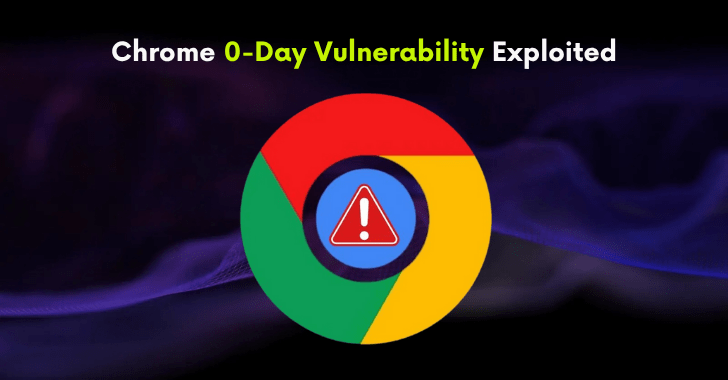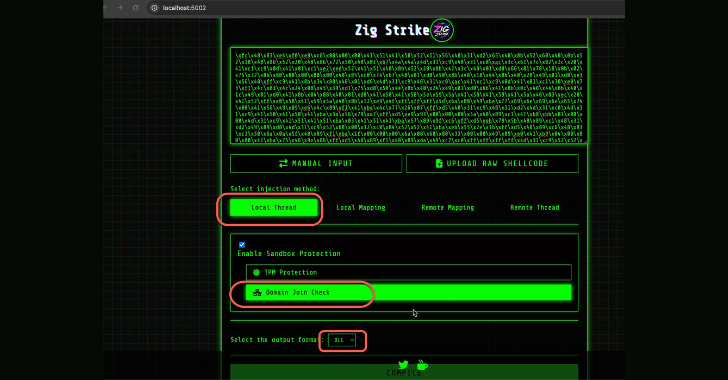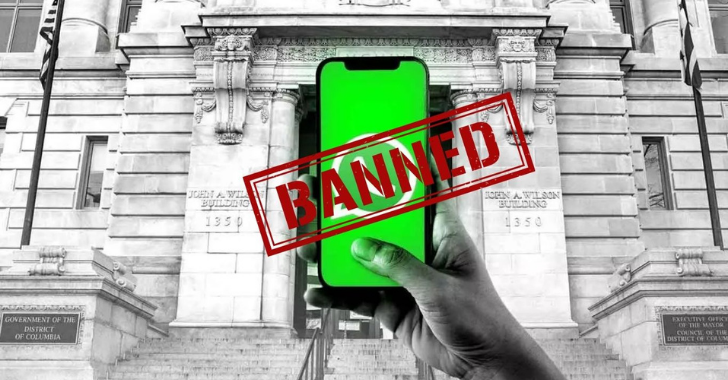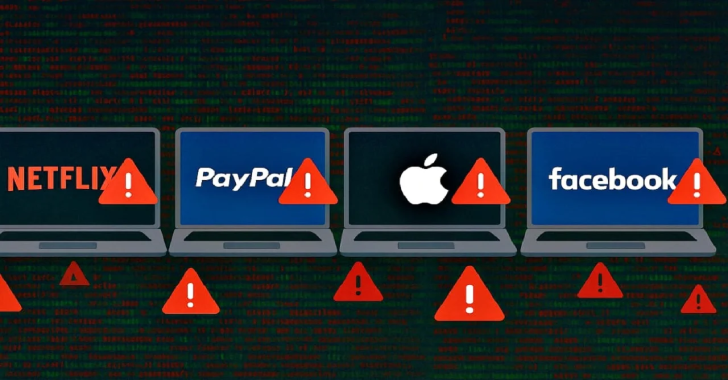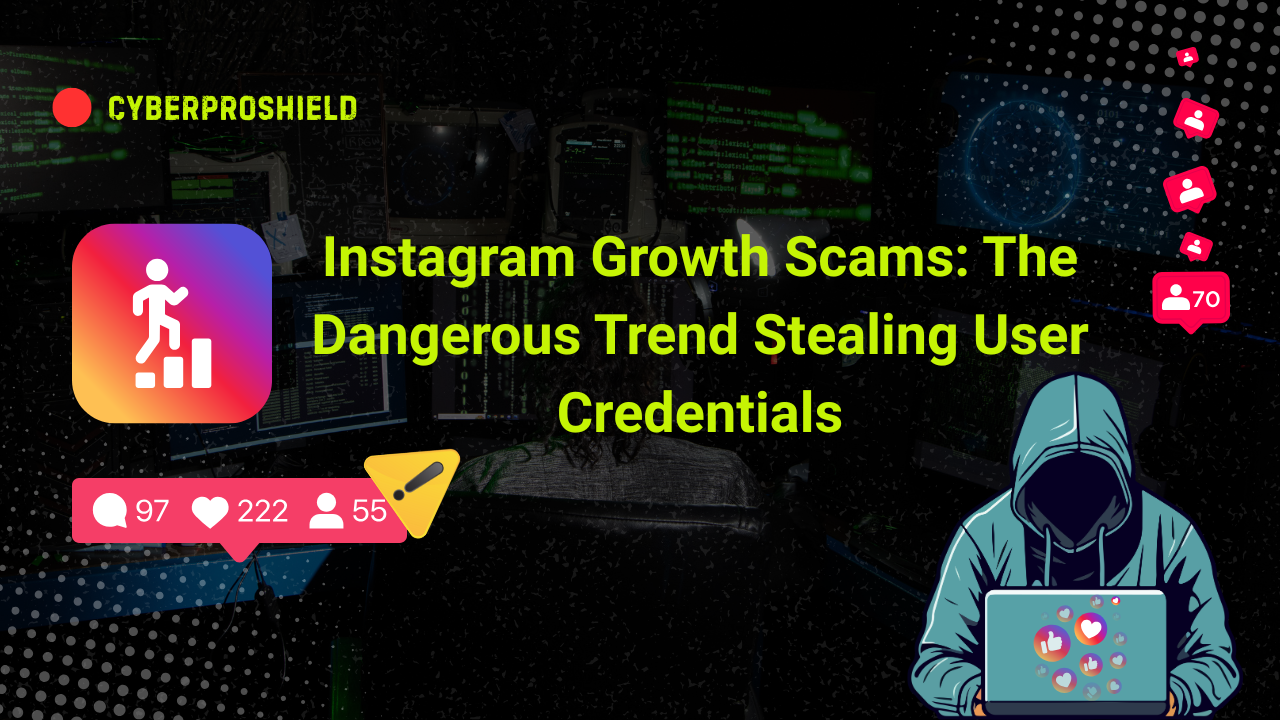Cybercriminal activity targeting American users has surged, prompting a stark warning from Google’s Threat Analysis Group (TAG). According to a recent advisory, attackers are becoming more aggressive and sophisticated in their efforts to harvest login credentials from unsuspecting victims across the U.S.
At CyberProShield, we dissect this urgent security alert and explore what it means for individuals, businesses, and security professionals. As phishing campaigns escalate and social engineering grows more deceptive, the stakes have never been higher.
Surge in Credential-Theft Campaigns: What Google Uncovered
Google’s Threat Analysis Group revealed a sharp rise in credential-harvesting campaigns originating from both cybercrime syndicates and nation-state actors. These malicious campaigns are exploiting:
- Fake login pages cloned to mimic Google, Microsoft, and popular U.S. banking platforms
- Phishing emails pretending to be government notices or security alerts
- Malware-injected documents sent via seemingly legitimate file-sharing platforms
- SMS phishing (smishing) campaigns targeting mobile users with urgent action prompts
Google’s researchers emphasized that these campaigns are not only increasing in volume, but also in complexity—making them harder for traditional spam filters and antivirus tools to detect.
Who’s Being Targeted?
The scope of these attacks is disturbingly broad. Targets include:
- Healthcare professionals handling sensitive data
- Education institutions with under-protected systems
- Small business owners managing their own cybersecurity
- Remote workers using unsecured networks
- Everyday users with weak or reused passwords
The common denominator? Anyone who lacks modern cybersecurity hygiene or is unaware of phishing trends.
How Cybercriminals Steal Your Credentials
Here’s a step-by-step breakdown of how most of these attacks work:
- Spoofed Email or Text: You receive a message posing as a bank, employer, or service provider.
- Urgency Tactic: The message threatens account lockout or legal action unless you act immediately.
- Phishing Link: You’re redirected to a fraudulent login page that looks identical to the real one.
- Credential Capture: Once you enter your details, they’re instantly transmitted to the attacker.
- Account Takeover: Your real account is compromised within minutes and potentially sold on the dark web.
Many users don’t realize they’ve been compromised until financial damage, reputation loss, or identity theft has already occurred.
Why This Is a National Cybersecurity Concern
Credential theft is often the first step in broader attacks such as:
- Business Email Compromise (BEC)
- Ransomware deployment
- Social engineering within organizations
- Lateral movement across networks
With U.S. infrastructure, healthcare, and education sectors under increasing pressure, stolen credentials serve as the gateway to major cyber incidents.
Google’s Recommendations for Protection
In response to this rise in credential-theft activity, Google offers several recommendations:
✅ Enable 2-Step Verification (2SV)
Use multi-factor authentication on all accounts—especially email, financial, and work-related platforms.
🔐 Use a Password Manager
Generate and store strong, unique passwords for every account. Avoid reusing login credentials across platforms.
🚫 Don’t Click Suspicious Links
If an email or text feels off—don’t interact with it. Verify URLs by typing them manually into your browser.
⚠️ Report Phishing Immediately
Use Gmail’s “Report Phishing” feature or alert your IT/security team. Early detection helps stop widespread breaches.
🔍 Regularly Audit Your Accounts
Use Google’s Security Checkup tool or your device’s native tools to identify risky activity.
How CyberProShield Helps You Stay Secure
At CyberProShield, we believe cybersecurity is a daily habit, not a one-time setup. With expert insights, threat intelligence, and practical guides, we empower users and organizations to:
- Recognize real-world attack patterns
- Strengthen authentication protocols
- Defend digital identities and privacy
- Stay current with threat trends and patch releases
Whether you’re managing your own business or protecting your family, knowledge is your first layer of defense.
Final Thoughts from CyberProShield
As threat actors sharpen their tools, American users must sharpen their awareness. This isn’t a drill—it’s a widespread digital attack on your privacy, finances, and identity.
🔐 Don’t wait until your account is hijacked.
📥 Stay informed, stay cautious, and trust CyberProShield for real-time cybersecurity guidance.



